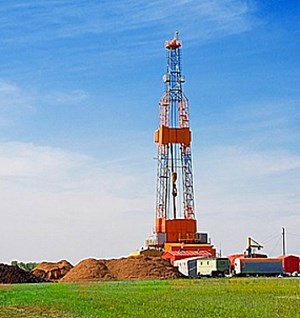Operational efficiencies drive cost excellence for U.S. onshore drilling operations, report finds
(WO) — Enverus Intelligence Research (EIR), a subsidiary of Enverus, has released new research that analyzes which oil and gas plays show the greatest rate of increase in drilling speeds and whether well costs correlate with drilling speeds. In addition, the report looks at how well designs are affecting drilling efficiencies.
“Cost reduction efforts to improve capital efficiency are top of mind for every operator these days. Drilling speed improvements, driven by larger-scale operations and changes to wellbore design, have a measurable impact on well costs, and operators that have the best drilling performance tend to have the lowest costs in a basin,” said Steve Diederichs, a director at EIR and author of the new report.
“Rigs across major unconventional basins last year were 30% more efficient at drilling productive lateral feet per total rig day compared to 2019. In the Permian, the Texas-New Mexico play that produces the most oil in America, the improvement jumped to 35%” Diederichs said.
Key takeaways from the report:
- Rigs across major unconventional basins last year were 30% more efficient at drilling productive lateral feet per total rig day compared to 2019.
- Drilling speeds are better correlated with the E&P than the rig provider. Enverus sees reasonable correlations between faster drilling speeds and lower-cost operators in both the Permian and Eagle Ford.
- A higher well count on a pad enables batch drilling and is typically associated with faster drilling speeds. The Midland screens more positively than the Delaware in terms of operators pivoting to larger-scale, pad-level operations.



